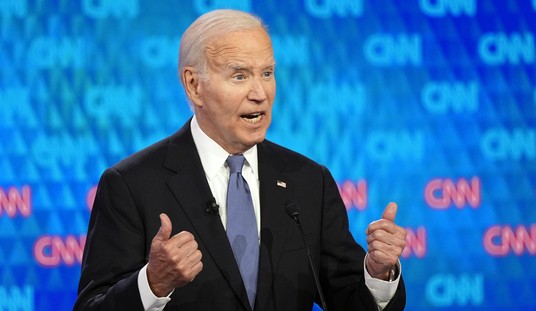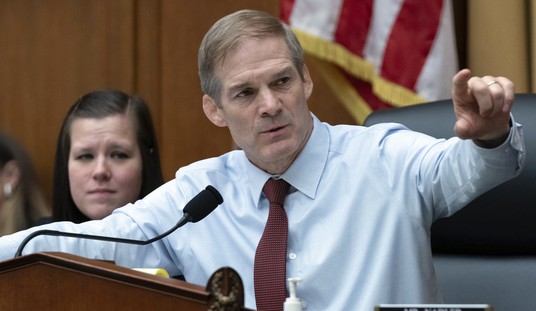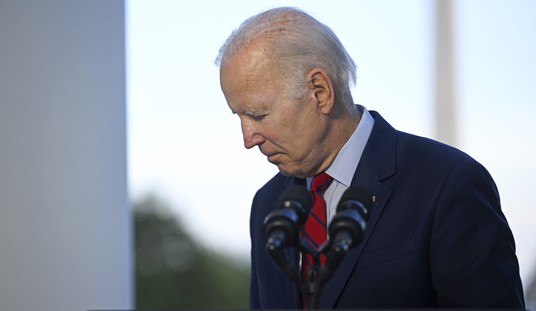The Tax Foundation recently released its annual analysis of federal income taxes, based on data from the Internal Revenue Service. The report, authored by Kyle Pomerleau and Andrew Lundeen, finds that in 2012, the top five percent of income earners paid a majority (59 percent) of federal income taxes and earned 37 percent of total adjusted gross income. The effective tax rate for this group was 21 percent. These findings are echoed by the nonpartisan Congressional Budget Office.
These data make it possible to fact check the claim that in 2012, the rich skimped on their tax responsibilities at everyone else’s expense.
It seems so long ago, but the central point of contention in the 2012 presidential race was over the question of whether the rich pay their fair share of taxes. As President Obama argued, “Those who have done well, including me, should pay our fair share in taxes to contribute to the nation that made our success possible. We shouldn’t get a better deal than ordinary families...”
The top one percent of income earners, who paid 38 percent of federal income taxes, faced an effective tax rate of 23 percent. This was nearly seven times higher than the effective rate of 3 percent paid by the bottom half of income earners. The bottom half of income earners paid only 3 percent of federal income taxes and earned 11 percent of total adjusted gross income. The top half of income earners paid 97 percent of all federal income taxes in 2012.
Do the rich really not pay their fair share?

The tax rates paid by those with higher incomes do not result in increased government benefits for this group. Data from the CBO report show that those in the highest quintile of earners received just 19 cents of federal benefits for every dollar they paid in federal taxes. Those in the lowest quintile received $18.20 in federal benefits for every dollar they paid in federal taxes. The rich are subsidizing middle-income as well as low-income Americans—the middle quintile of earners received $2.23 in benefits for each dollar they paid.
Recommended
When state and local taxes and benefits are taken into account, the difference is less dramatic—but the same trend holds. Other Tax Foundation data compiled by Gerald Prante and Scott Hodge show that families in the upper quintile of income earners received 29 cents back through government spending for every dollar they paid in federal, state, and local taxes. Those in the bottom quintile received $5.28 in government spending for each tax dollar they pay. Those in the top one percent received just 6 cents.
When the progressive income tax was implemented 101 years ago, the initial rates were laughably low by today's standards. In 1913, after exemptions, Uncle Sam levied a 1 percent tax on incomes over $20,000 (around $475,000 today). The marginal rate increased steadily to what seemed then an intolerable 7 percent for incomes over $500,000 (about $12 million today).
Over 99 percent of the population was not directly affected by the income tax when it first began. Similar to most government actions, the scale and scope of the income tax quickly escalated.
Over the last 101 years, the government's ability to collect its citizens' incomes has permeated America's political fabric. With that, the government’s willingness to expand into other aspects of citizens' lives increased as well.
Today, to help the government fulfill its new roles, federal tax collections are approaching 20 percent of GDP. Before the income tax started, that number was below three percent.
Despite the data, accusations that the rich are not paying their fair share continue. This rhetoric is based more on perception than reality, or on a mistaken belief that the government needs more funds to become further entrenched in Americans’ lives. While this rhetoric may work as a populist rallying cry, the data show that a central tenet of the political left’s platform is simply incorrect.
























Join the conversation as a VIP Member